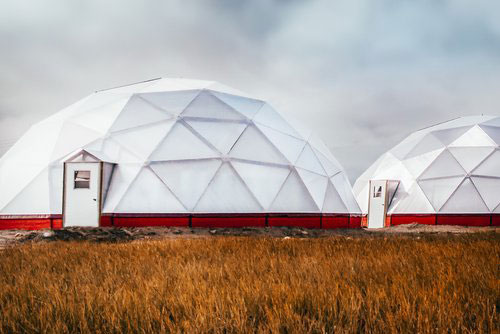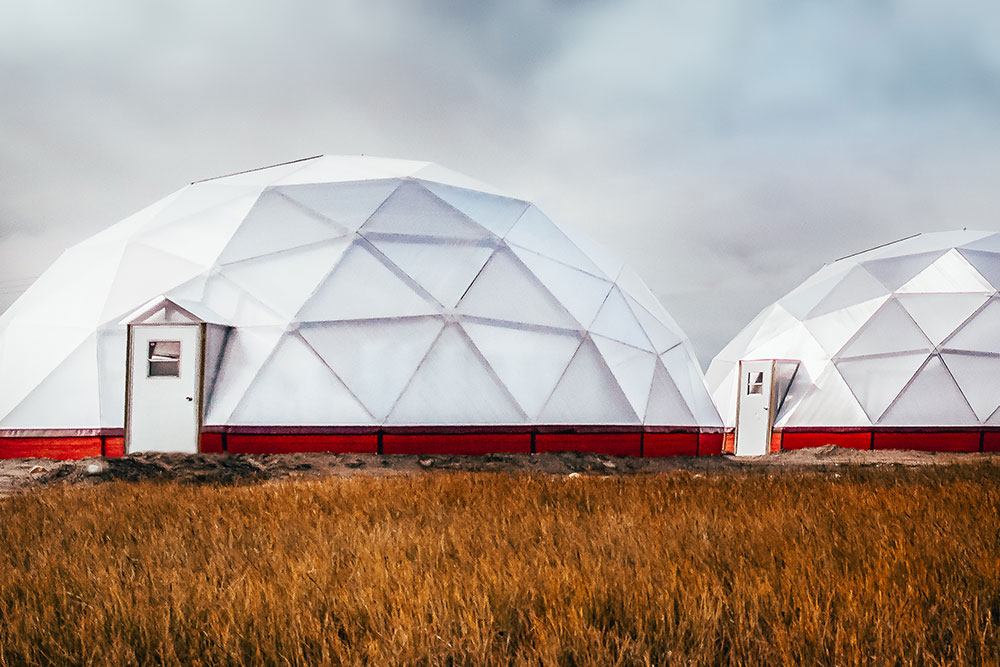
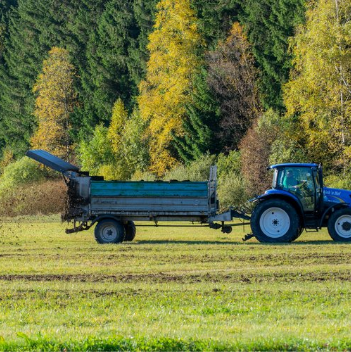
Since the start of agriculture some 12,000 years ago, farmers have had to meet the changing needs of our planet and the expectations of consumers. So far, our agricultural output has been mostly able to keep up with the population growth thanks to a number of cultural shifts that allowed humans to significantly increase food production. The first agricultural revolution happened when humans moved from hunting and gathering subsistence to agriculture and animal domestication around 12,000 BC. Consequently, this was followed by a series of agricultural advances culminating in the most recent one referred to as the Green Revolution.
The Green Revolution is associated with the advent of new technological and chemical input in agriculture (fertilizers, herbicides and pesticides), use of high yielding varieties, high-intensity land use and use of heavy machinery, which has become the dominant conventional farming practices. This has allowed the human population to more than triple and to produce almost 10 billion tonnes of crop produce. Despite the benefits of the Green Revolution, we are now facing the consequences of these practices on the environment, which are threatening the future of modern agriculture. However, there are already big steps being made to reduce the impact agriculture has on the environment.

The industrialization of Agriculture has boosted agriculture output tremendously, yet it has also become obvious that we have to include other metrics other than just production volume. The dominant agricultural practices are heavily impacting the environment through water consumption, soil degradation, space requirements, reduction in biodiversity, transport of food, and agrochemical uses (fertilizers, herbicides and insecticides).
Water is what gives earth its name “blue planet” and is what sustains life as we know it. For instance, humans consist of roughly 60% of water, so we are almost fish! Although water covers most of our planet, only 2.5% of it is freshwater and only 5% of this is actually available for use. From this small percentage , agriculture is currently responsible for 70% of worldwide water consumption. The reason why agriculture uses so much water is that the majority of it leeches away into the ground or evaporates before the plants can absorb it. Half our world's population will be living with water scarcity by 2030, which we have recently had a taste of in South Africa. If we continue to use water in a non-renewable way with the ever-growing demand for it in all areas of human activity, we will be facing a dire situation that will directly impact food production and every other part of human industry, as water is what runs human society.
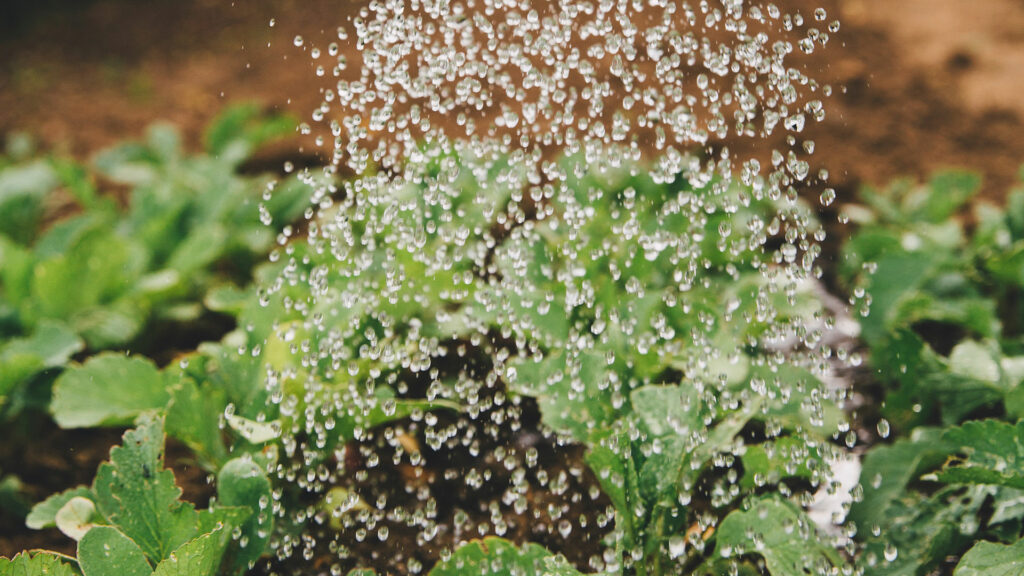
In response, agricultural methods to reduce water consumption have been heavily researched and have led to systems like the hydroponics system. The hydroponic system allows the producers to skip the soil by growing plants directly in nutrient-rich water. Since the water is circulated, this method has proven to reduce the water consumption by up to 95%. The hydroponic systems have even been used in conjunction with growing fish, which is known as aquaponics, which goes a step further by using the waste from the fish to feed the plants, allowing an additional plant produce to be created alongside fish.
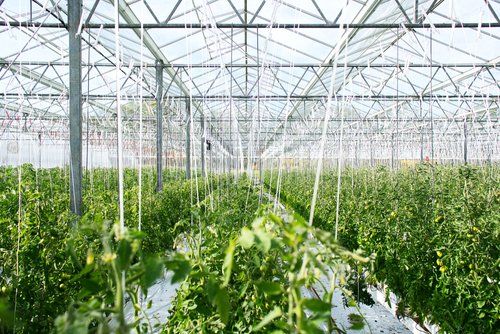
Soil is the “skin of the earth” and supports most of life on earth. Soil is a mixture of minerals, water, air, organic matter and countless organisms, both alive and dead. This mixture is where plants grow, providing both support and nutrients. Soil forms very slowly. To put into perspective, creating 1 cm of topsoil can take between 500 to 1000 years to form! Even though the soil is technically a renewable resource, the slow rate at which it forms makes it practically irreplaceable. Healthy soil is the foundation of agriculture and an essential resource needed to sustain humans in the 21st century. This makes it important that we protect soil from erosion and degradation, especially the top part that is called topsoil, which is where most of the Earth's biological soil activity occurs. Through continuous intense use of the land, the soil becomes degraded through but not limited to, overgrazing, deforestation, compaction, loss of soil structure and nutrient degradation, which all contribute to soil erosion. At current rates, we could run out of topsoil within 60 years!
Around the world, innovative agro ecological farmers are coming up with alternative solutions to the dominant industrial way of farming. Agroecological approaches to farming are inspired by nature to optimize our food production while restoring the environment that is essential for agriculture and improving resilience and adaptability of food systems. Some of these approaches include regenerative agriculture, agroforestry, organic farming, integrated farming, conservation farming, permaculture, and biodynamic farming. All of the mentioned approaches aim to improve agricultural productivity without compromising the environment that the crops are grown in. Agroecological approaches are on the rise. It has been shown that Agroecological farming can be scalable and more productive in the long term compared to industrialized agriculture. We do not need to produce everything at an industrial scale as small scale farms can produce more food per unit area and are more adaptable too. As we start to revolutionize our food system and look at how different methods can be used to improve food security, we are getting close to obtaining a much more resilient and sustainable food system.
Industrialized agriculture through the use of monoculture has created agricultural systems that are much easier to manage and maximize yields, thus maximizing efficiency. The monoculture system has enabled us to boost agricultural productivity, yet it has also had a significant cost to the environment especially in regard to biodiversity. This specialisation in crops to improve profitability, has resulted in a reduction in biodiversity, both in terms of crop types and agrobiodiversity. The lack of crop diversity makes crops more sensitive to diseases and pests outbreaks, and sensitive to rapidly changing environments as they are all genetically similar or the same. However, improving genetic tools and approaches are increasing the precision in which we can breed crops to enhance their agricultural performance and resilience to the changing environment. Genetically modified crops account for more than 10% of the world's arable land, thus contributing significantly to the world's food supply as an integral part of many peoples food system.
Agrochemical usage has increased exponentially and has contributed to increased productivity in many places. The use of agrochemicals has been a great way to counter the diversity of growth in crops caused by many factors including weather, the soil quality in a given area, access to nutrients and water. However, agrochemical usage does not look good in the long term. One of the major challenges with a lot of pesticides and fertilizers is that they end up leaching into the ground and/or runoff into water supplies, ultimately causing damage to people and the environment. With food production responsible for a quarter of global greenhouse emissions worldwide, where 27% of this comes specifically from crop production, there is an urgency to improve current methods to combat global warming. In crop production, the use of nitrogen fertilizers is the biggest greenhouse gas emission source, having more than 300 times greater global warming potential than carbon dioxide.
To reduce the reliance on chemicals, especially in the form of pesticides, biocontrol methods have been developed to keep control of pests. Biocontrol uses natural enemies to agricultural pests to reduce the damage to tolerable levels. This type of pest control has proven to be successful in many parts of the world, yet biocontrols have also had their fair share of failures that resulted in a big learning curve of the complex interactions of the natural world. However, as we learn more about the agricultural landscape and the organisms within it, we can create more beneficial environments that help increase the productivity of crops.
For conscientious agricultural producers, many seek alternatives to chemical fertilizers through the use of biological fertilizers. Biological fertilizers are considered a reliable alternative for improving soil productivity and plant growth in sustainable agriculture. Since biological fertilizers usually contain a rich medium of microorganisms, it does require more care for long term storage as opposed to chemical fertilizers that can be stored for very longer periods without much degradation. On the upside, biological fertilizers are both easily produced and available, such as manure from a variety of animals.
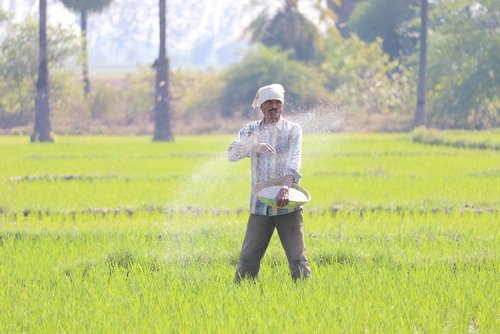
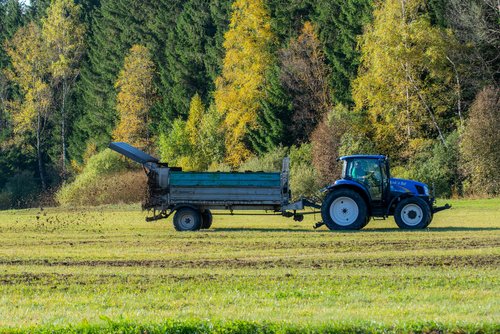
Source: Photo on left by Vinay kumar Bairi from Pexels. Photo on right by Cornell Frühauf from Pixabay.
Another method of reducing agricultural input is through what is known as precision agriculture. Precision agriculture is where technology is incorporated into farming management to ensure that crops and soil receive exactly what they need for optimum health and productivity. This helps reduce cost of chemical input and reduce spillover by excess use of agrochemicals.
Globally, agricultural land area occupies approximately 38 percent of the surface and available arable land is shrinking. With the growing demand for more food as the human population increases, there is a need to optimize agricultural methods by producing more food per hectare. The biodiversity is going to be significantly impacted by agricultural expansion and intensification. However, thanks to the contribution of technology and improved agricultural practices, we have actually declined in the amount of land used by agriculture and estimated that we peaked around 2000. Technologies including hydroponic derived solutions and agroecological methods are enabling higher productivity rates per hectare of land, thus freeing up land for other uses. If we take advantage of these innovations, we can prevent the loss of biodiversity that is intrinsically linked to all of our food systems.
Agriculture has never been as productive as it is now, yet with a detrimental cost to the environment. It is obvious that our food systems are intrinsically linked to the environment. Work towards improving water usage, land usage and biodiversity can have positive knock on effects that can reduce the negative impacts of agriculture. The same is true for the reverse, i.e. the exploitation of any of the aforementioned areas will have a negative knock on effect on each other. To be able to maintain agricultural productivity we have to take good care of the environment that grows our food. Having reaped the benefits of the Green Revolution, we now have to remedy the challenges that have posed to our environment to be able to ensure long term productivity. Already there are many new exciting technologies and approaches that are helping boost agricultural output and minimising input, through less environmentally damaging means. As we realize the fragility of our planet and our place within it, we are forced to reevaluate our practices to benefit both humans and the natural world, if we are to exist in the future.
